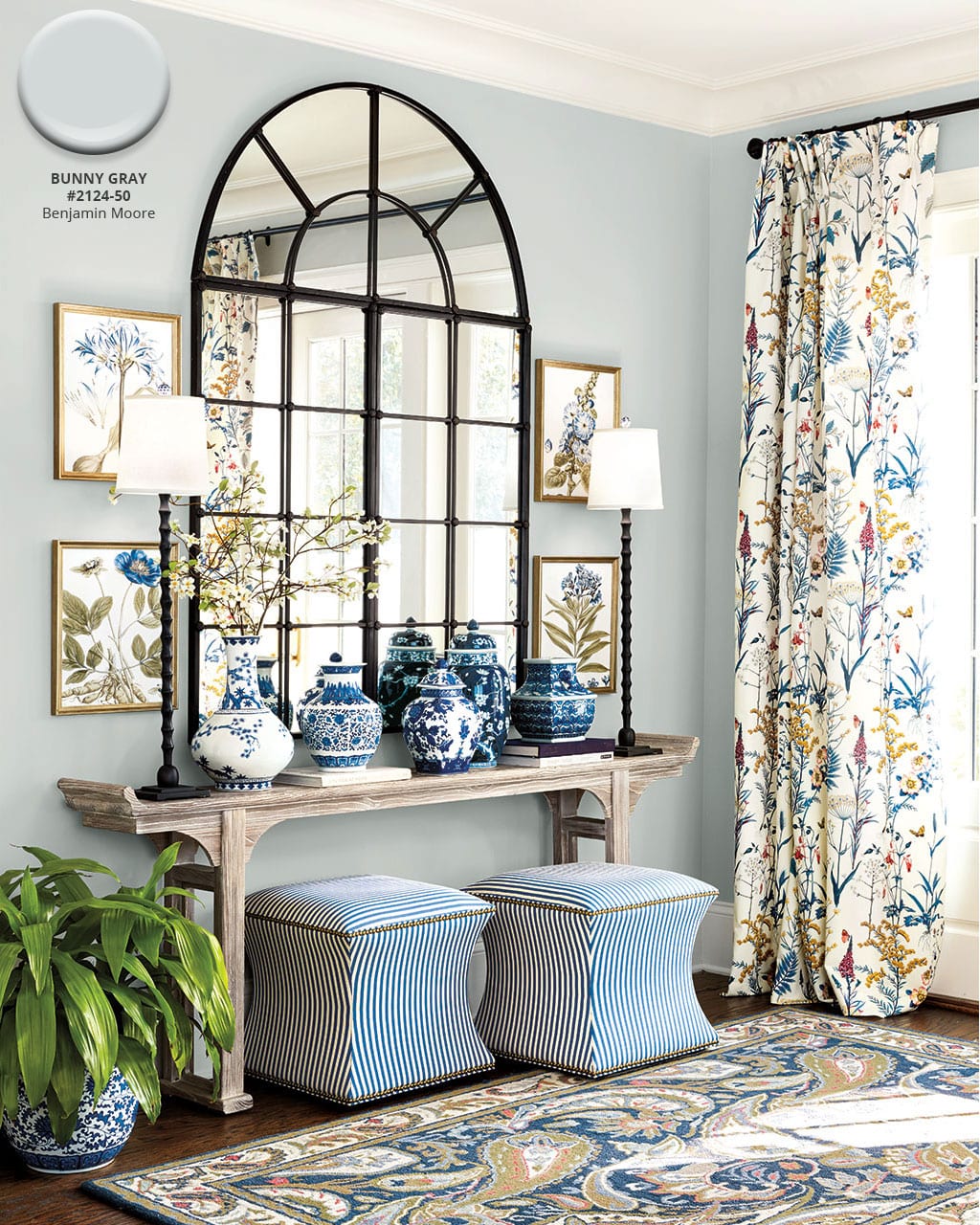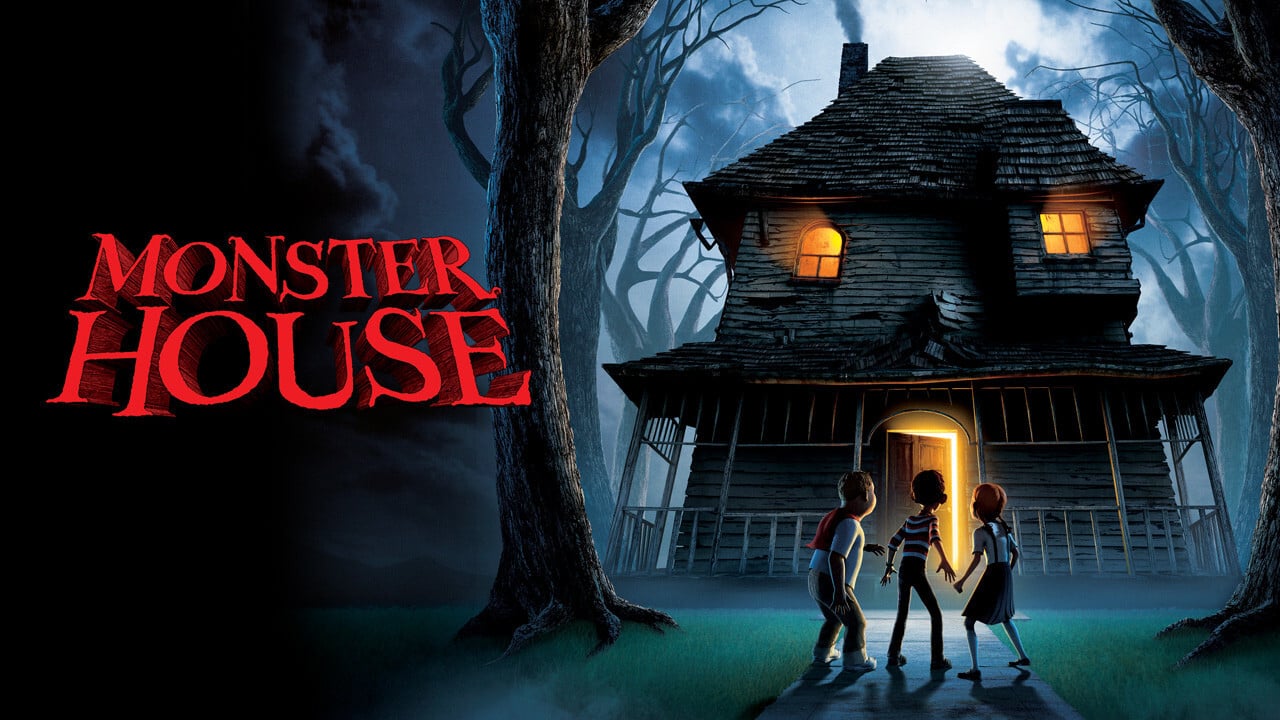Table Of Content

The Eameses nestled this iconic piece of architecture in an idyllic setting overlooking the Pacific Ocean just north of Santa Monica, sided by an expansive meadow of eucalyptus trees. Its materials, interior collections, and landscaping are maintained as they were during Charles and Ray’s lifetimes; all three elements tell the story of the couple’s life and work. Along with the retaining concrete wall, a simple steel frame was used for the structure of the house. The steel frame used 4-inch H-columns for the walls and 12-inch deep web joists for the roof. The steel frame was filled in with different solid and transparent colored panels arranged to create a shifting light in the interior throughout the day.
Case Study House #8
What the film with its charms leaves strangely obscure is the pure structure of the Eames’ house itself. Help us share the Eameses’ joy and rigor with future visitors, so they mayhave a direct experience of Charles and Ray’s approach to life and work. No refunds or date exchanges will be issued, except when the site is closed in response to elevated fire or Covid-19 concerns. For the safety of the staff and others, please cancel your visit if you are sick or have been in contact with any person who has or may have contracted Covid-19 in the last 2 weeks, prior to the tour. Young men, especially those with higher incomes, have a good amount of purchasing power. As many of them are getting married later or foregoing buying houses, they've also got cash to spend.
How Much Does It Cost to Visit the Eames House?
Charles passed in 1978 and Ray passed in 1988, exactly ten years later, to the day. The Getty Conservation Institute is continually partnering with the Eames Foundation on the 250 Year Project to conserve this historic landmark for long-term enjoyment. The 2019 GCI publication, the Eames House Conservation Management Plan, outlines the preservation of the home’s materials and cultural significance.
The Design of the House
It was designed and constructed in 1949 by husband-and-wife Charles and Ray Eames to serve as their home and studio. Two distinct boxes make up the residence—one serves as the living quarters and the other as a studio. The house and studio are separated by a concrete retaining wall that integrates seamlessly with the existing landscape.

He told me he'd intended to come off as "pretentious" in our conversation about the chair, but then I caught him while he was driving and we just had to do real talk. He used to work in production design in Los Angeles, where he'd see it used to convey a sense of refinement on sets, and he got one of his own for his home office around spring 2021. He likes the history, the quality, and the aesthetic, and it doesn't hurt that people comment on it when they see it in the background of video calls. "You feel cool in it. You feel like you're the boss of the house. And because it's expensive, it's aspirational because it takes up a lot of space," Julia Mack, an interior designer in Brooklyn, New York, said.
Iconic Houses: The Eames House - Archilovers.com
Iconic Houses: The Eames House.
Posted: Fri, 15 Jun 2018 07:00:00 GMT [source]
Eames Foundation
Charles's daughter, Lucia Eames, inherited the home and created the non-profit organization, the Eames Foundation, in 2004. Still a historic house museum maintained by the Eames Foundation, it was designated a National Historic Landmark in 2006[2] and serves as a pilgrimage site for nearly 20,000 visitors a year (reservations are required). The Eames House embraced new materials, technology, and a bright palette of primary colors on the exterior. More significantly, the original plans included spaces typical of most nineteenth- and early-twentieth-century houses, while the built plan does not. The Eameses omitted the fireplace from the final version of the house, a gesture towards technological advances in heating systems like radiant floor heating.

Principles of Art – Understanding the Principles of Design in Art
Charles and Ray met in 1940 at the Cranbrook Academy of Art, where Charles was first a scholar of an industrial design fellowship, but later became an instructor. Ray enrolled in multiple courses at the academy in order to expand upon her preceding education in abstract painting. The objective of the house was for it to be built entirely from prefabricated materials that would not in any way disturb the site and surrounding nature while demonstrating a modern style that is economical and easy to build. The Eames weren’t the only ones to realize that the house of the architect had to be a theatre for architecture.
More History
The brash sleekness of the design made it a favorite backdrop for fashion shoots in the 1950s and 1960s. Perhaps the proof of its success in fulfilling its program is the fact that it remained at the center of the Eames' life and work from the time they moved in (Christmas Eve, 1949) until their deaths. The Eames House, or Case Study House #8, was designed by Charles and Ray Eames to serve as their primary residence and secondary work studio.
Solely making use of the off-the-shelf parts that were ordered, along with one extra steel beam, a two double-story structure with two parts was erected and designed into the landscape, instead of just enforcing the building on top of it. A concrete retaining wall that is 8 feet tall and 200 feet long acts as a support for the steel frame. The steel frame of the house consists of two rows of four-inch I-beams that were placed 20 feet apart.
The mezzanine was originally used only for storage, but also served occasionally as the guest quarters. The underside of the ribbed ceiling of the Ferrobord roof decking was painted white, which makes the colorful primary painted exposed web joists stand out against it and makes it a design feature in its own right. The interior of the house is a completely free-flowing space with no evident divisions between spaces, even private and public areas are blurred. For example, the bedroom on the top floor overlooks the public living area on the bottom floor, with only a short terrace that joins the two rooms.
The house and studio sit diagonally facing the ocean, aligned north to south along a retaining wall that supports a steep embankment of eucalyptus trees to the west of the structures. These industrial materials were carefully arranged into a steel frame of regular bays measuring seven-and-a-half inches wide by twenty feet high. The short leg of the house is three bays wide and eight bays long, including a structural overhang of one bay for the rear patio. A small courtyard with a width of four bays separates the house from the five-bay studio. These rhythmic, steel-framed bays are further divided into smaller rectangular shapes of varying sizes and are filled with either clear or frosted glass, pylon, wood, or stucco.




















